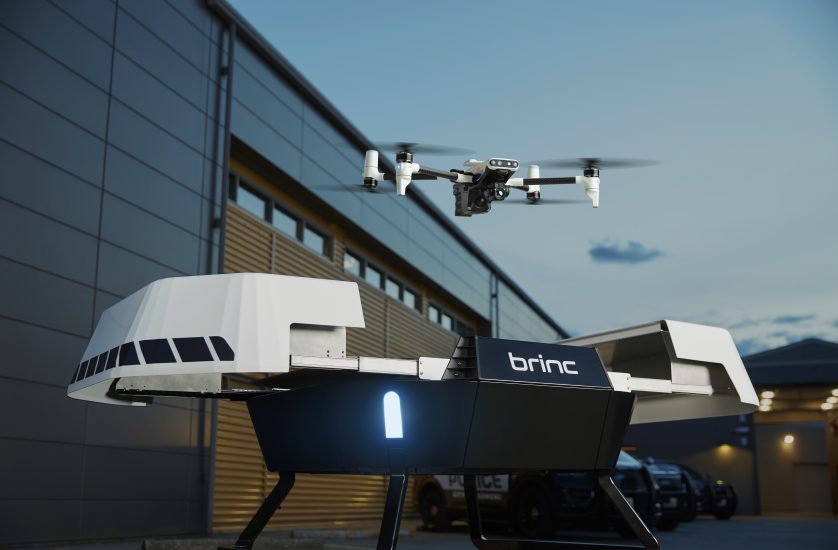BRINC, a specialist in drone technology for first responders, has formed a partnership with Echodyne. The collaboration will integrate Echodyne’s MESA® radar technology into BRINC’s purpose-built Drone as First Responder (DFR) system. The partnership will work to enable beyond-visual line of sight (BVLOS) operations, improve airspace awareness for safer operations, and lower the barrier to entry for public safety agencies looking to start or expand DFR programmes.
Drone as First Responder (DFR) systems can lower emergency response times and enable more informed decision-making for first responders. Current US Federal Aviation Administration (FAA) regulations require a visual observer onsite, adding an extra staffing burden when public safety agencies across the United States are understaffed. DFR requires extended range and operation in obstructed environments and inclement weather, making BVLOS waivers essential.
The partnership with Echodyne is designed to add a layer of safety and reliability while providing a path for BRINC’s customers to meet the FAA requirements for BVLOS operations. Echodyne’s radar systems offer continuous monitoring and real-time data on the drone’s surrounding environment, including the location of other aircraft, obstacles, and dynamic changes.
BRINC is integrating Echodyne’s hardware to send radar readings to an agency’s connected LiveOps account. From LiveOps, agencies can simultaneously view their drone operations, ADS-B data, airspace advisories, weather conditions, and radar data. The Echodyne addition provides a comprehensive view of the surrounding airspace, enabling automated LiveOps triggers to inform pilots of potential dangers. It also enables the automated grounding or rerouting of drones to avoid air traffic.
First responder agencies will be able to work with BRINC to spread the costs of the system over multi-year contracts, in an effort to make DFR technology more accessible.
For more information
Image: BRINC




